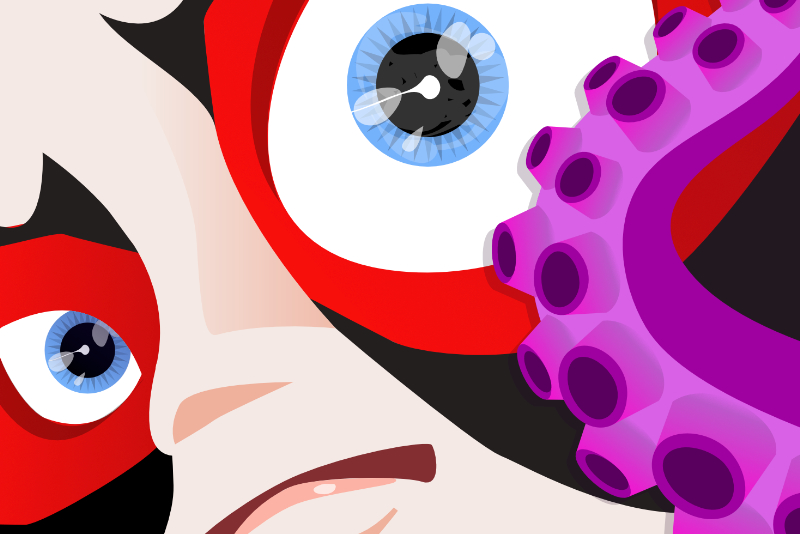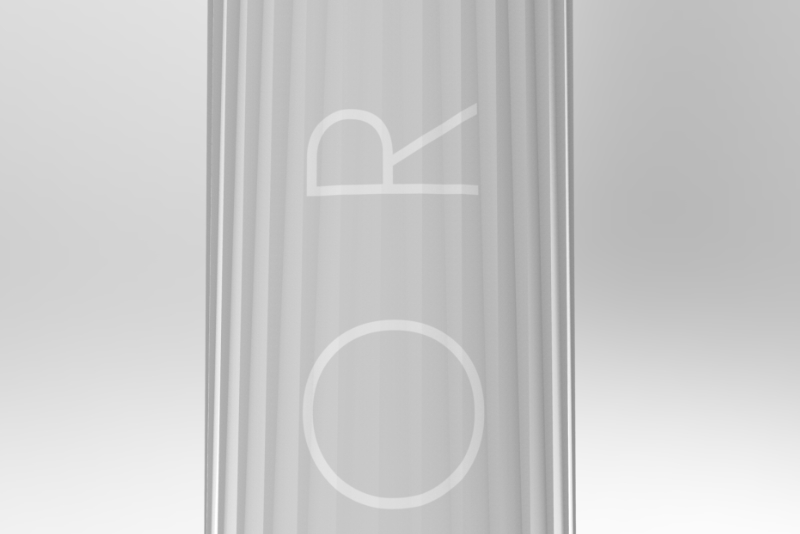Inspire. Create. Rollout.
Kikkei Labs brings over four decades of accumulated experience and a proven track record to the table. Our expertise lies in world-class design-driven conceptualization, product strategy, and end-to-end product development. We take a collaborative approach, engaging clients in deeply integrated partnerships.
Our process is driven by clear key performance indicators (KPIs), swift prototyping and continuous refinement. This approach ensures predictable outcomes, minimizing the need for extensive presentations and streamlining project execution.






